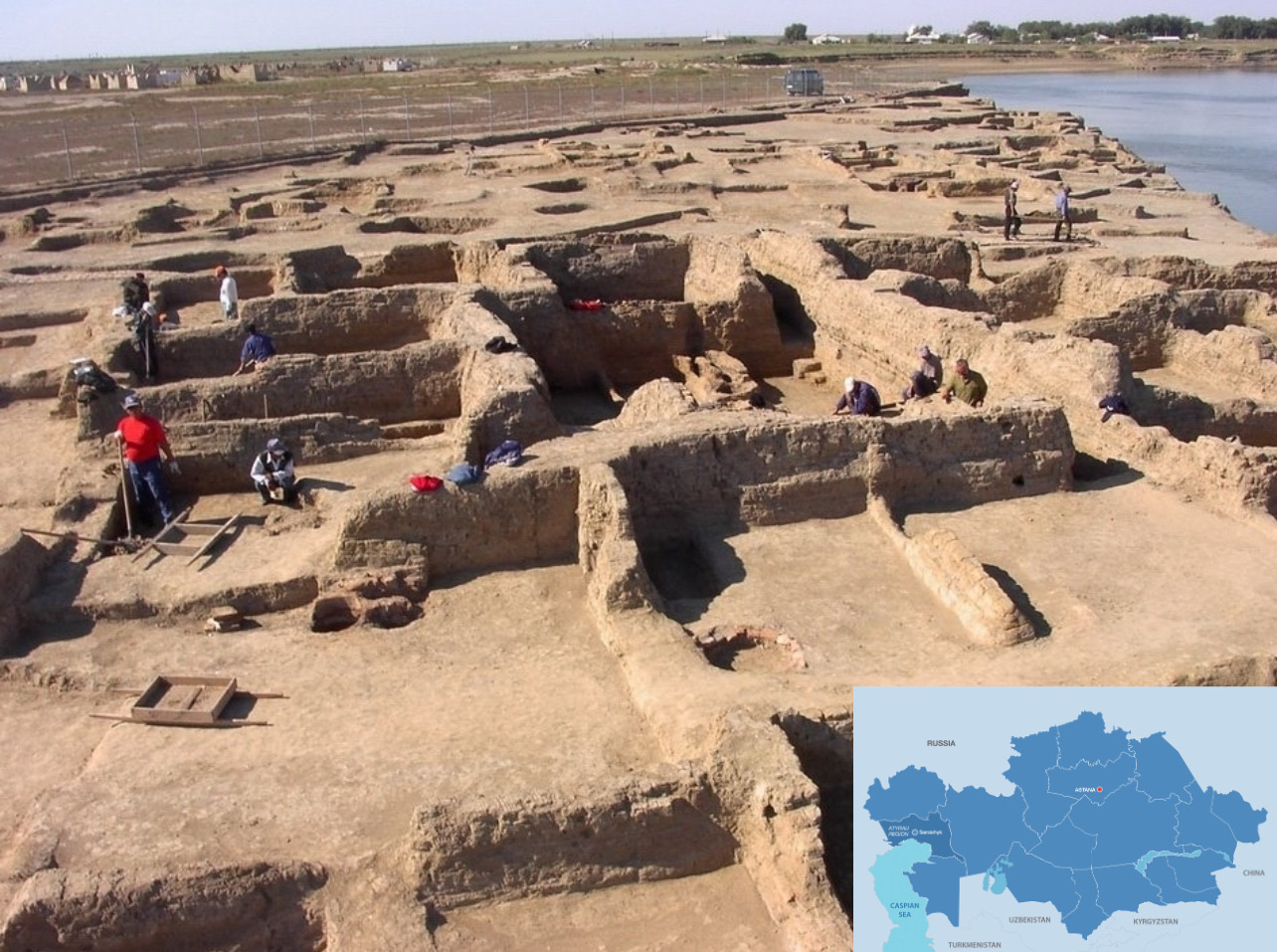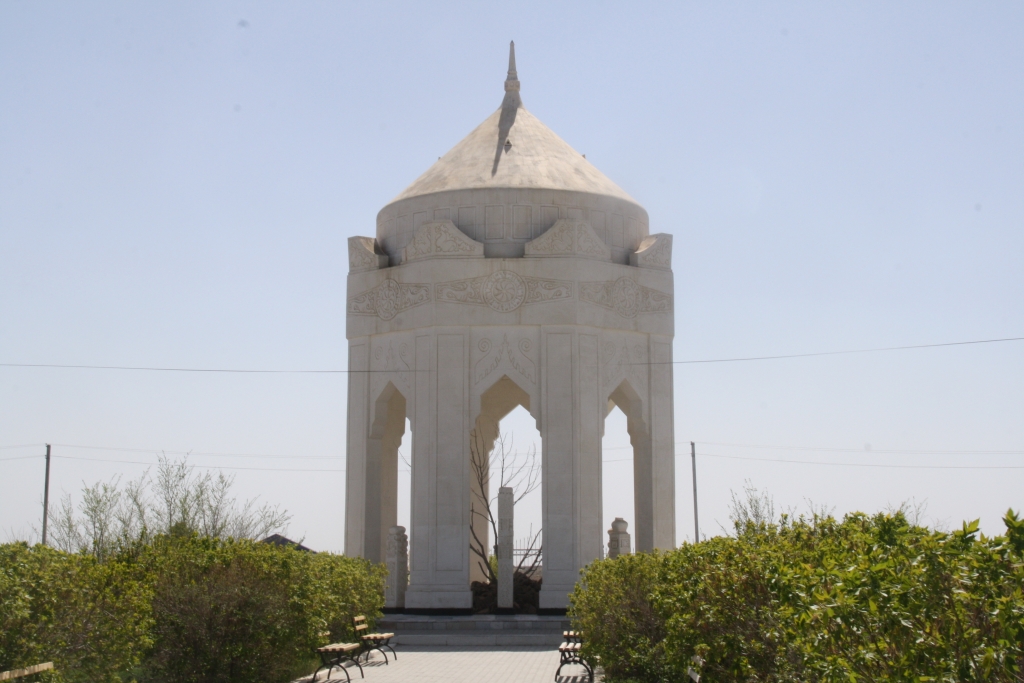ASTANA — Archeologists are continuing the excavation of the ancient settlement of Saraishyk to create an open-air museum for the next kurultai (congress), Khabar 24 reported.

Excavations of the ancient settlement of Saraishyk in the Atyrau Region. Photo credit: qazaqstan3d.kz. Click to see the map in full size. The map is designed by The Astana Times.
It is planned to set up an open-air museum on the territory of the ancient settlement. The structures discovered during the excavations will be renovated. Experts have developed a five-year plan for the study and restoration of the historical monument.
Saraishyk was a medieval city established in the 10th-11th centuries at the border between Europe and Asia. It was the capital of the Golden Horde and a major trade center of the Great Silk Road. The settlement was located 50 kilometers north of the city of Atyrau next to the lower Ural River. It now sits near the contemporary Saraishyk village in the Atyrau Region.
The excavations are carried out on the upper layers of the ancient city. The work is conducted manually, as every inch contains valuable artifacts from the period of the reigns of the Kazakh Khanate and the Nogai Horde. The use of technology is, therefore, prohibited.

The excavations of Saraishyk are carried out on the upper layers of the ancient city. Photo credit: culturemap.kz.
“The city now occupies two-thirds of what it used to be. It is big, so we have great prospects ahead. Our results enable us to know the location of the streets, the artisan quarters, workshops and residential areas, as well as where the caravanserais stood,” said archaeologist Vyacheslav Plakhov.
Saraishyk is an invaluable discovery for archaeologists and historians. Household items, coins and whole constructions are among the findings. There were seven rulers at various times. During the reign of Kasym Khan, the fourth Khan of the Kazakh Khanate, the city became the capital of the Khanate. He determined the borders of the Kazakh statehood.
Archaeologists began to take an interest in Saraishyk in the 1940s, but the complex exploration of the historical area only began in recent decades. Previously, over a thousand artifacts and the Khan’s pantheon, where Kasym Khan is buried, were found in the medieval city. The artifacts are now displayed in the Khan Ordaly Saraishyk museum.

Khan Ordaly Saraishyk museum. Photo credit: qazaqstan3d.kz
“The next goal is to establish a monument to Kasym Khan. His contribution to the formation of the Kazakh statehood is invaluable. Saraishyk has great historical and ideological significance for us. Our descendants must know its history,” said Abilseit Mukhtar, head of the Saraishyk State Cultural and Historical Museum.

